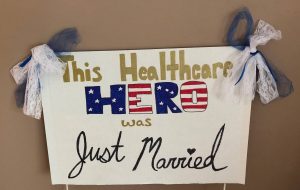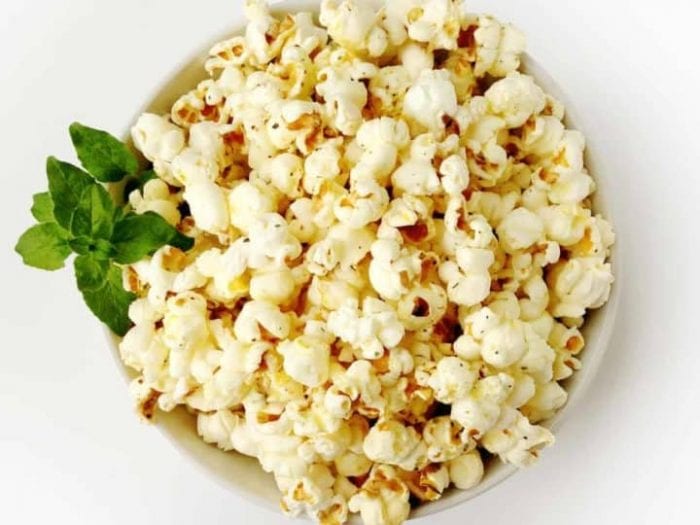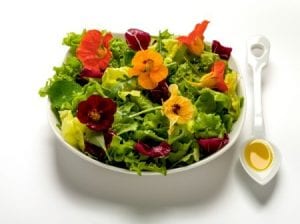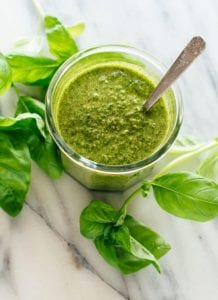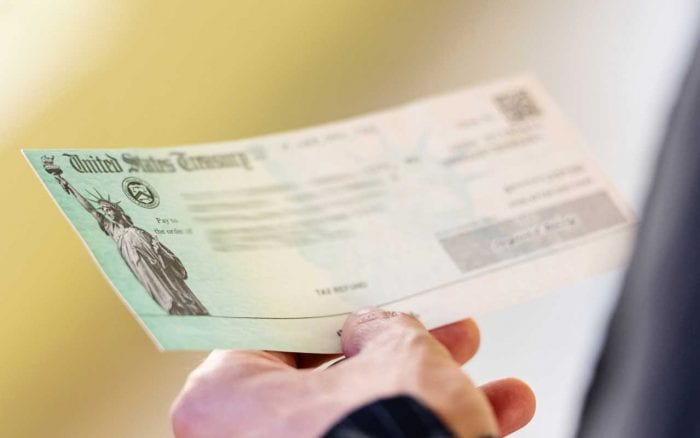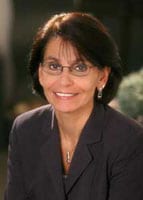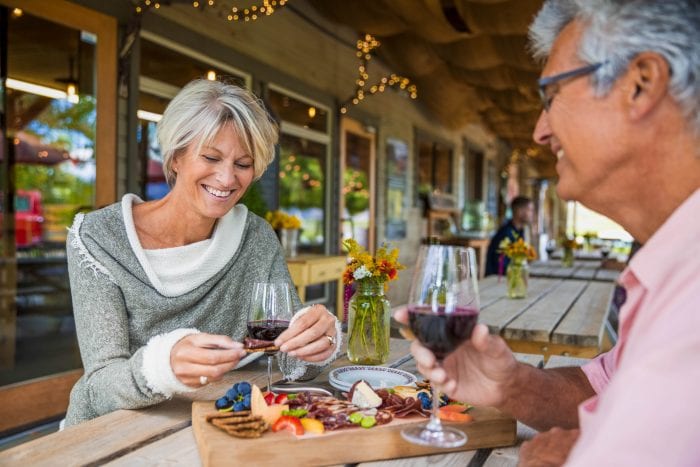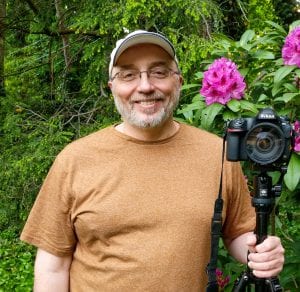
Favorite quote: ‘Sometimes I do get to places just when God’s ready to have somebody click the shutter.’ — Ansel Adams
FEATURED PHOTOGRAPHER: Tom Caruso
Hometown: Smithtown
Day job: Professional Software Engineer/Development Manager, Broadridge Financial Solutions
Photographer: I developed an interest in photography at an early age, influenced by greats like Ansel Adams. My parents gave me my first 35mm camera in 1972 and my life was forever changed.
Favorite camera: The Nikon D850. I purchased it in December, 2018, and it’s an amazing camera with an incredible sensor.
Favorite lenses: I presently own two lenses for the D850. My walking around lens is an AF-S Nikkor 24-120mm 1:4 G ED and I found this to be a great workhorse giving me the flexibility I need for most shots. When I need tack-sharp images for macros or in dark settings I switch to my AF-S Nikkor 50mm 1:1.4 G prime lens. Both lenses were refurbished by Nikon when I purchased them.
Favorite locations: I am fortunate to have several beautiful places near my Smithtown home and I visit them frequently to catch them at various times of day and different seasons. These places include Caleb Smith State Park Preserve, Long Beach, Short Beach, Blydenburgh County Park, The David Weld Sanctuary, Stony Brook Harbor, Stony Brook Duck Pond, Kings Park Psychiatric Center and Nissequogue River State Park.
Have you entered any photo contests? My first photo contest was the 2020 Friends of Caleb Smith State Park Preserve The Beauty of Caleb Smith State Park Preserve My image “Deer in Snowstorm” won Honorable Mention in the adult division. I also entered the 2020 Gurwin photo contest. The winners will be announced later this year.
Favorite aspect about taking photos: Landscape and nature photography gives me the opportunity to be outdoors. I love communing with nature and I am happiest when I am wandering in the woods with my camera in hand on a beautiful autumn day. Another aspect of photography I enjoy is knowing that my images bring happiness to others.
Best advice to get that perfect shot: There are a lot of photographic rules that we are told make a great photograph. I sometimes adhere to them but I shoot more on instinct. I know a great shot when I see it whether or not it follows the rules. Always keep your eyes wide open and moving when on a shoot. When in the wild with your camera you have to engage all your senses to find your next capture, not just sight. A faint sound of a crunching leaf turned out to be a snake which lead to one of the photos in this essay. The enormity of a forest can be intimidating but you have to see everything from the largest to the smallest subjects, from a mighty tree to a delicate spider web and all things in between. It is not enough to see the image for what it is but you have to visualize what it could become when post processing. If you do these things you don’t have to look for the perfect shot: it will find you.
See more of Tom’s photos at www.tomcarusophotography.com.
















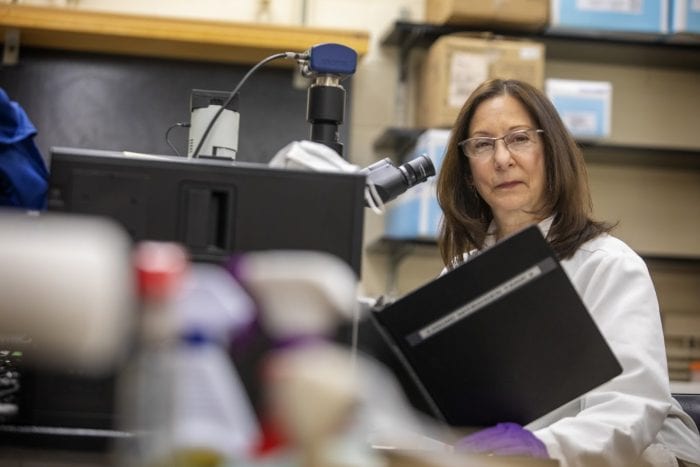

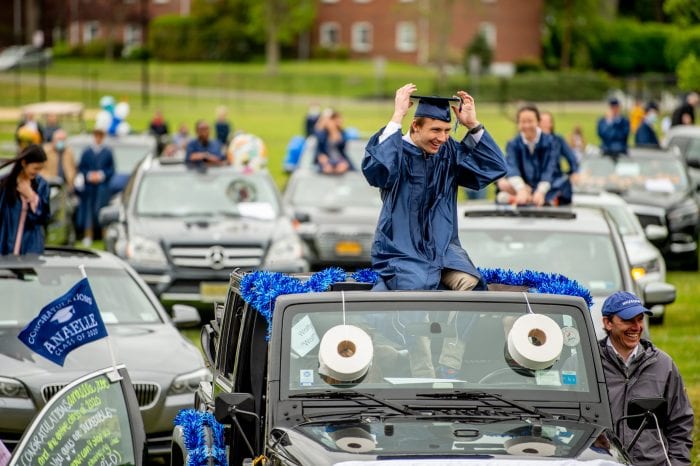
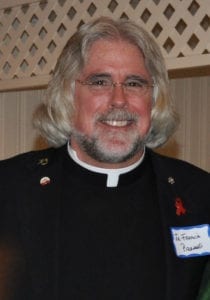



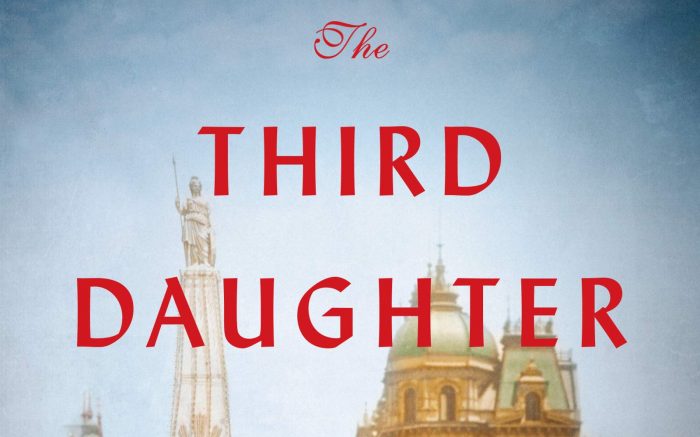

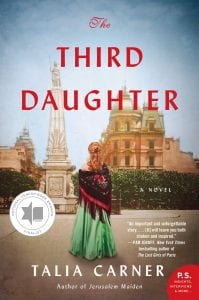 This begins the dark heart of the book. Moskowitz is not the businessman he claims but, instead, a procurer. (Another nod towards Aleichem, this time his short story The Man from Buenos Aires.)
This begins the dark heart of the book. Moskowitz is not the businessman he claims but, instead, a procurer. (Another nod towards Aleichem, this time his short story The Man from Buenos Aires.)

